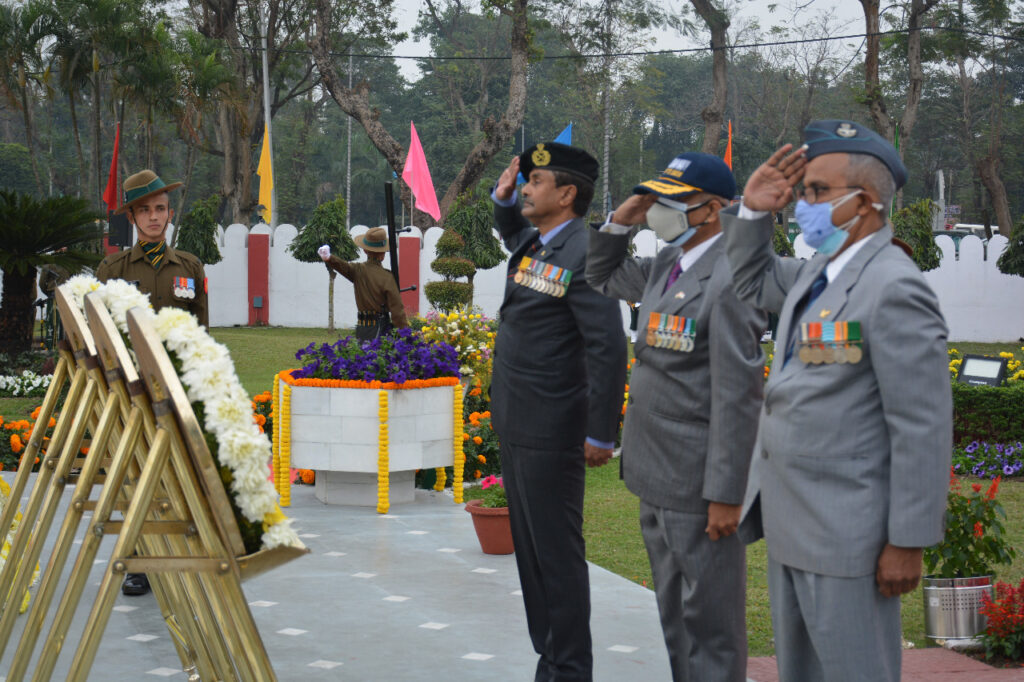
One practice that has always intrigued me is the manner in which we dine in most upmarket eateries, premium clubs and several other formal dining venues across India. This pertains to Table Setting. Among the many imbibed practices that we are reluctant to challenge, a few pertain to colonial era culture and whoever attempts to do so, is quickly beaten down by ‘traditionalists’ who loathe any change to what ‘always has been’.
Let me explain. In all these dining venues, the table setting has the quarter plate to the left of the dinner plate and the water tumbler to the right of it. This is fine if we are eating continental food with cutlery and not soiling our hands. In India, the reality is quite the opposite. In the Indian style of eating, cutlery is rarely used. Rotis and paranthas are broken and eaten with the right hand. Makes infinitely better sense to place the quarter plate to the right. Rice is mixed with the curries with the right hand (though cutlery is sometimes used for this). The right hand is therefore, more often than not, soiled. The left hand remains clean. Makes infinitely better sense to place the water tumbler to the left. Otherwise, ergonomically, our hands are literally at ‘cross purposes’ with the task at hand, namely, eating food.
I anticipate three arguments, or variations thereof, against this repositioning of crockery on the dining table. First, that we have standardized our table setting and change would require some re-training and re-conditioning. Well, isn’t that what change is all about? Especially, if it is functionally appropriate and efficient. Second, what happens when we serve continental food? We just break the bread with the right hand instead of the left. While eating with cutlery, both hands remain unsoiled; so the side to which the water tumbler is kept is irrelevant. Since Indians reflexively drink water with the left hand while eating with the right, it is still better placed on the left side. The cutlery placement can remain unchanged. And third, what happens when we host international guests in India? They do exactly what we do when we travel abroad. Comply with host country practices.
Now, will this change be accepted readily? Unlikely, because of the three reasons just outlined. Some people will also argue that it is an unnecessary idea and that we have better things on which to expend our intellectual capital. To them, I will say – we eat three meals a day which is ‘essential’ activity and therefore, it is a functional change that is significant enough to consider. More so, since we are in the throes of embracing change in keeping with traditional Indian culture and habits.
I rest my case.








Shifting the tumbler to the left by self takes minimal effort than to dissipate logic to a huge audience and bring about change.
Sir, Agree completely with your point of view. I, myself was wondering about this for many years. Thrilled to read your post. Hope it gets implemented in all three Armed Forces in quick time.
Warm Regards, Shishir Dixit
Very valid point. I have always felt that water tumbler should be to on the left and we naturally follow this placing when dining in a traditional setting. Consumption of food is the important activity we do after breathing to sustain life which provides us very basis for our existence.
Interesting point Sir. Honestly, never paid attention to this as was always more bothered to finish what was on the plate.
Completely agree sir.
One 💯 % needed as I too had felt the need during my training days and as you have rightly elucidated, was given a shut up and told not bring these anomaly up. Nicely worded and hope it reaches the policy makers for implementation asap. Regards.
Absolutely in agreement with the logic of placing the qurter plate on the right side and the water tumbler on the left. It would be functionally more efficient as you have brought. We should go for the change from the present table setting. There could be some resistance to change, but I feel better sense will prevail. Sooner the better!
Felt this during Cadet Training days at the Academy. At home we practice the convenient – glass to drink water on the left.
The nation is changing. Time to shed the colonial past habits.
Sir,
A very relevant topic and cogent arguments. Since we are dropping colonial practices, this is another colonial hangover which needs to be dropped and make ourselves comfortable for the Indian Menu
Dear Dasu
These are the things we can and we should change deviating from typical colonialism style table layouts. It makes more sense and it has practicality as logic to Indian hospitality.